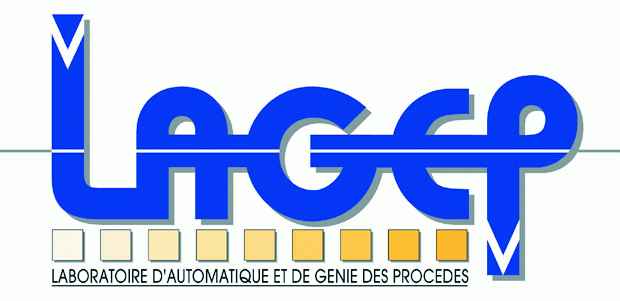About the modules
The goal of this course is to introduce the Port Hamiltonian systems and present some of their dynamic properties as well as some methods to derive controllers that use their structure. The lectures intends to give a motivated introduction to the subject and will be based on numerous simple illustrating examples and exercice sessions along the lecture.
The first module of the course introduces the Port Hamiltonian systems and some of their structural dynamical properties. It starts with some brief reminder on the standard Hamiltonian systems as they stem from ideal mechanical systems before defining several generalizations corresponding to network models containing various physical domains and their topological constraint relations. The definition and existence of dynamical invariants of these systems are then analysed. The second part consists in defining the port variables and the port Hamiltonian systems corresponding to open physical systems able to exchange energy with their environment and to be composed through a interconnection network. Their systems properties in terms of dissipativity are analysed. The third part presents how to encompass irreversible phenomena, such as friction, in Port Hamiltonian systems in the following two ways. For isothermal systems, these irreversible phenomena may be described by a gradient-type dynamics; it will be shown how this may be embedded in the Port Hamiltonian framework. For non-isothermal systems, the (internal) energy or the entropy balance equation has to be considered and it will be shown how this changes the geometric structure of Port Hamiltonian systems.
The second module gives some methods to derive controllers for Port-Hamiltonian systems which use not only their passivity properties but shapes the system to a modified Port Hamiltonian system in closed-loop. In a first part it is shown how the storage function of a passive system may be related to the energy of a physical system and how this function can be used to design Lyapunov based controllers. The energy shaping approach is introduced, which consists on shaping the closed-loop energy function of a systems such that it defines a Lyapunov function with respect to a new closed-loop equilibrium. Then the structural invariants, named Casmir functions, are characterized and it is shown how the Casimirs can be used to design energy shaping controllers. The idea is further developed in order to define a class of control that not-only shapes the energy of the closed-loop system but also its geometric structure. This method is called Interconnection and Damping Assignment - Passivity Based Control (IDA-PBC). The design methods will be illustrated during exercise sessions. The potentials and limitations will be discussed by applying them to non-linear physical systems, including systems with irreversible phenomena.
The third module introduces the extension of Port Hamiltonian systems to distributed parameter systems such as flexible beams, plates or the water flow in canals and boundary control laws derived from its Hamiltonian structure. In a first part it presents the class of systems and various examples stemming from mechanics, fluid mechanics and thermodynamics are used to motivate the formulation. This class of port Hamiltonian systems can be expressed as Boundary Control Systems (BCS), which is an abstract formulation of partial differential equations with the control and observations at the boundary of their spatial domains. These abstract port Hamiltonian systems are defined on Hilbert spaces with the physical energy of the system being the norm of the space. It is shown that the well-posedness of the partial differential equation is directly verified by a matrix condition and furthermore, that for a large class of physical applications the problem is well-posed. This result comes from the natural definition of the inputs and outputs of a physical systems which generally imposes the “correct” boundary variables such that the mathematical problem is well-posed. The second part of this module deals with control. Constructive methods to asymptotically and exponentially stabilize these systems via static boundary feedback are revised and interpreted in terms of passivity based control. The case of dynamic boundary feedback is also be studied, i.e., the case of distributed parameter port Hamiltonian systems in feedback with a lumped parameter control systems. It is shown under which conditions the control system asymptotically or exponentially stabilizes de interconnected system and how the structural invariants can be characterized and used to design energy shaping controllers.
The fourth module concludes with a return to the definition of Port Hamiltonian systems as expressing systems of balance equations ( orconservation laws with source terms due to interactions with their environment). It aims at relating distributed parameter systems with localized parameter systems avoiding any spatial discretization scheme. In the first part a class of infinite-dimensional Port Hamiltonian systems is introduced which is defined using exterior differential forms as variables. It will be recalled that exterior differential forms are intrinsically related to integration in Rn and balance equations on conserved quantities. The canonical Dirac structure will be defined in relation with systems of two conservation laws as well as the Port Hamiltonian systems associated with it. In the second part it will be shown that considering a finite-dimensional spatial domain, defined by a graph or the complex associated to some meshing, a canonical Dirac structure may also be defined. The lecture will mainly concern the topology defined by a graph and derive different classes of Port Hamiltonian Systems for systems where dynamical subsystems are associated with the vertices, the edges or both. It wil be illustrated with the examples of electrical circuits, spatial mechanical systems and diffusion phenomena.



